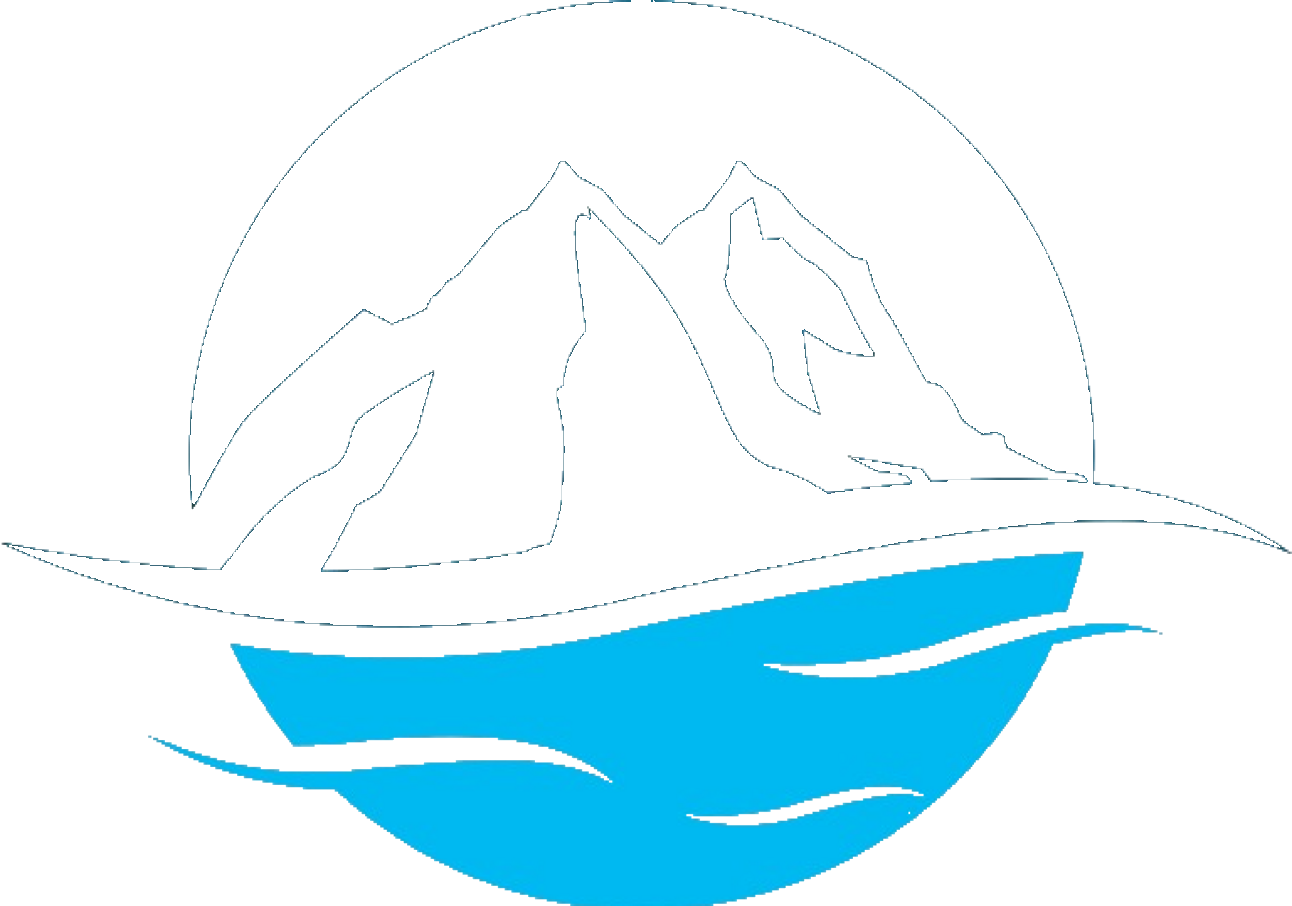 SNOFLO
SNOFLO- Login
- Climate ►
- Recreation ►
- Tools ►
 SNOFLO
SNOFLO
As of the latest observations, many of Utah's dams and reservoirs are exhibiting storage levels that deviate from the historical averages for this time of year. Notably, Utah Lake is reporting a significant increase in storage, currently at 853,594 acre-feet compared to the average of 629,105.05 acre-feet. Similarly, Flaming Gorge Reservoir is above its average with a current storage of 3,128,241 acre-feet versus an average of 2,913,266.99 acre-feet. Conversely, Stewart Lake Outflow near Jensen shows a decreased streamflow of 1 ft³/s, much lower than the average of 2.45 ft³/s.
These abnormal conditions may be attributed to a range of factors including recent weather patterns such as the over a foot of new snow forecasted for Utah, which can temporarily boost reservoir levels but may not be sufficient for long-term drought relief as seen with the ongoing challenges at Lake Powell. Recycled water initiatives and landowner-groundwater agency collaborations for recharge are among the strategies being explored to address water scarcity. Environmental considerations, such as the importance of water conservation echoed by movements to replace lawns with drought-resistant landscaping, also play a role in the state's water management efforts. Cross-referencing with various sources such as SnowBrains and Utah News Dispatch, it's evident that while some reservoirs like Scofield, Deer Creek, and Strawberry Reservoir (Expanded) are experiencing higher than average storage, others like Washington Lake and Upper Stillwater Reservoir are below their expected levels, which could be indicative of localized water distribution issues or varied impacts of precipitation and snowmelt.
| Name | Year Built | Normal Storage | Dam Height | Max Discharge | Hazard Potential | Drainage Area |
|---|
